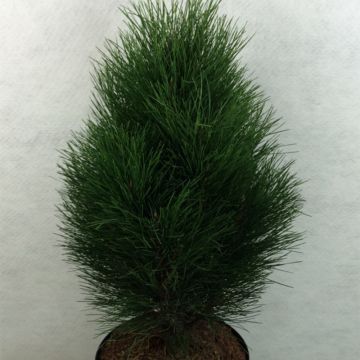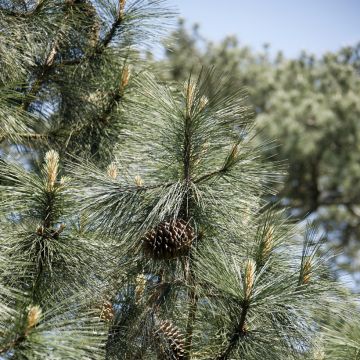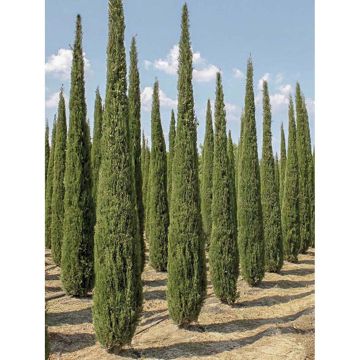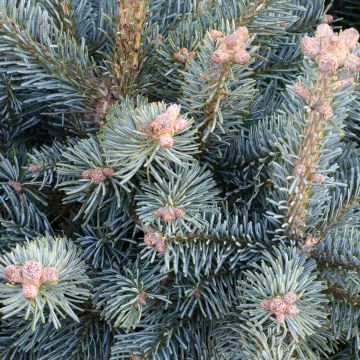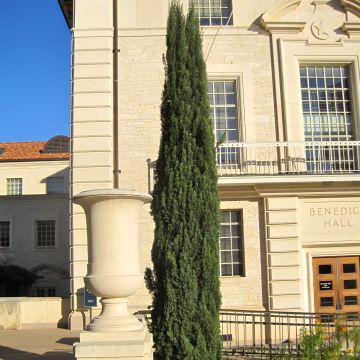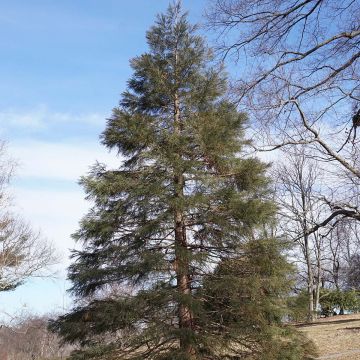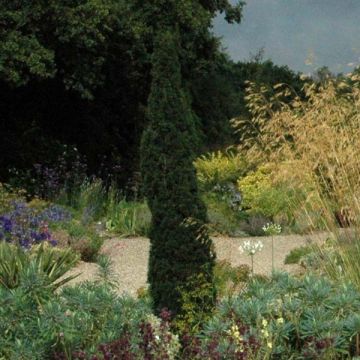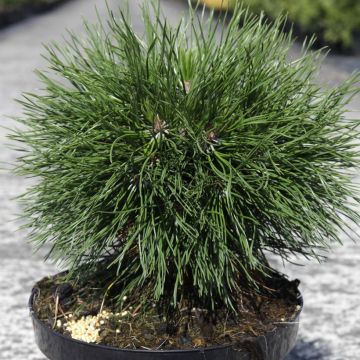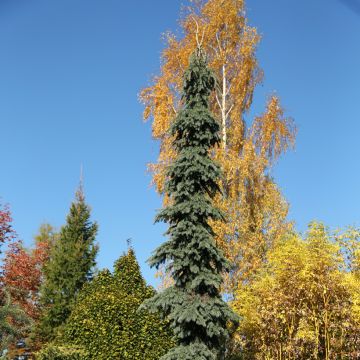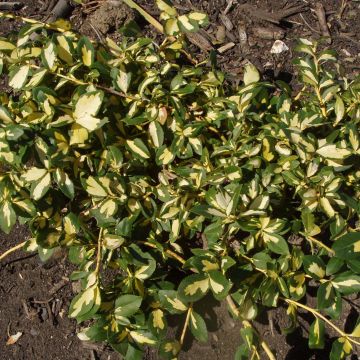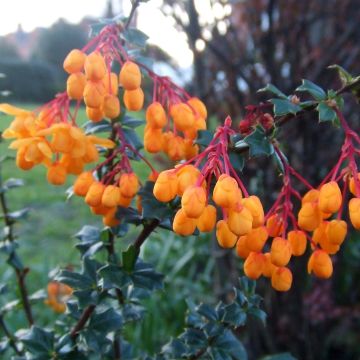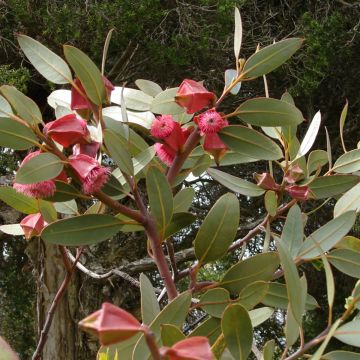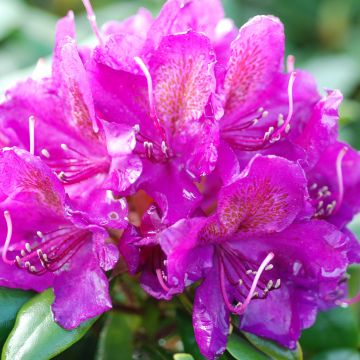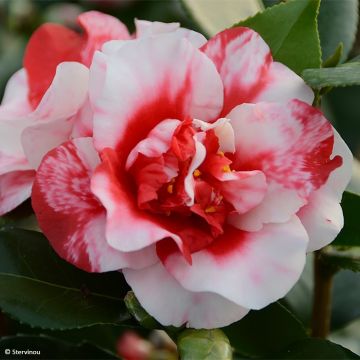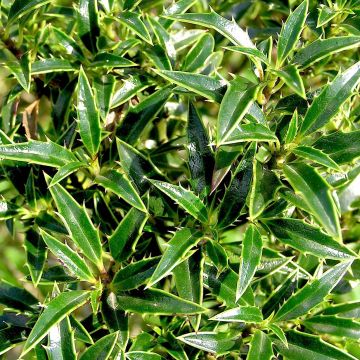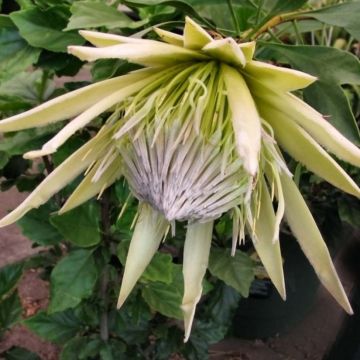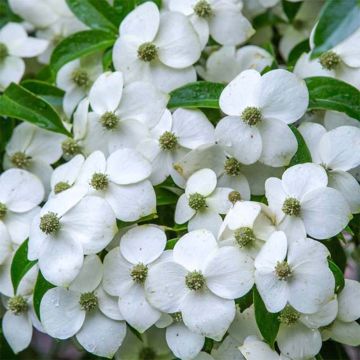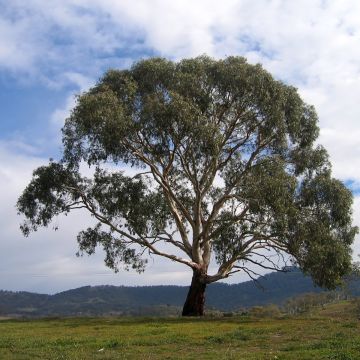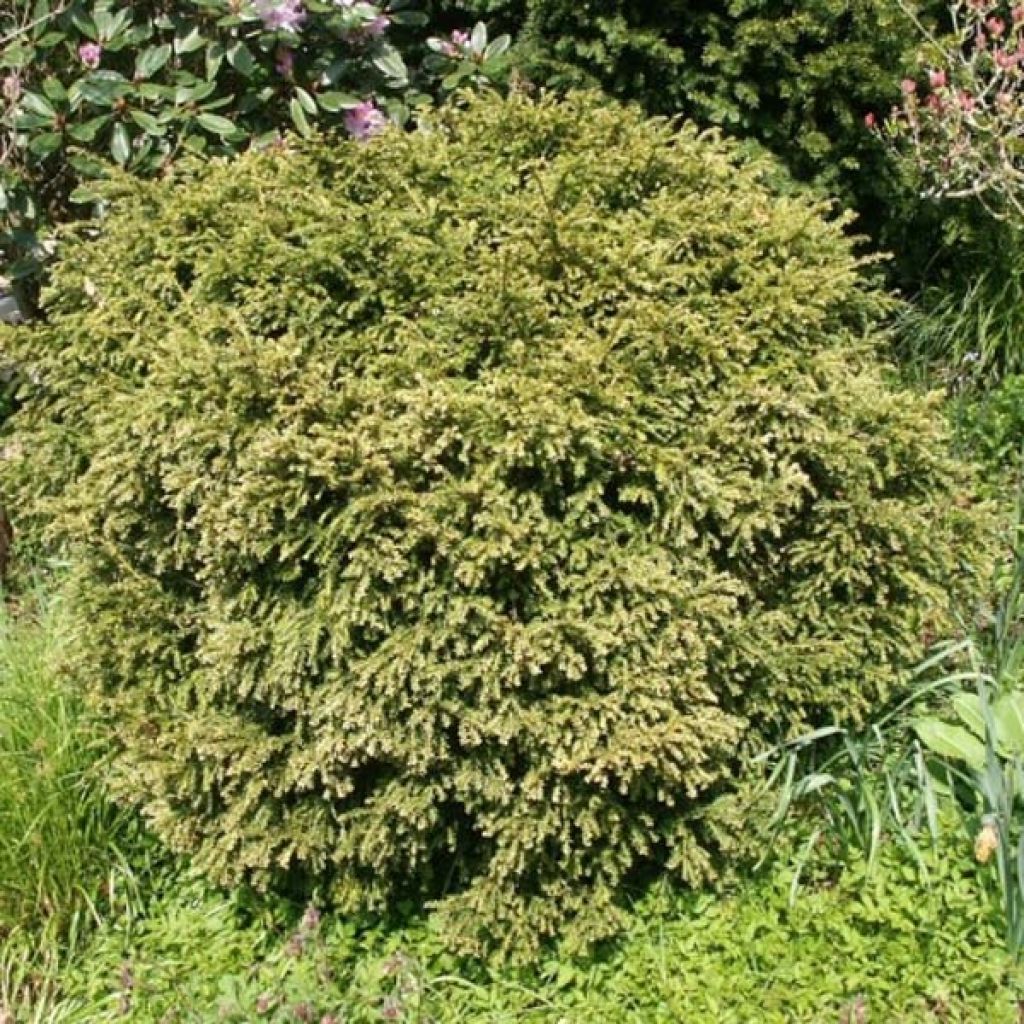

Taxus baccata - Yew
Taxus baccata - Yew
Taxus baccata
Yew, Common Yew, English Yew, European Yew
This item cannot be shipped to the selected country
Delivery charge from €5.90
Delivery charge from €5.90
Delivery charge from €5.90
Delivery charge from €5.90
More information
Schedule delivery date,
and select date in basket
This plant carries a 24 months recovery warranty
More information
We guarantee the quality of our plants for a full growing cycle, and will replace at our expense any plant that fails to recover under normal climatic and planting conditions.
From €5.90 for pickup delivery and €6.90 for home delivery
Express home delivery from €8.90.
From €5.90 for pickup delivery and €6.90 for home delivery
Express home delivery from €8.90.
From €5.90 for pickup delivery and €6.90 for home delivery
Express home delivery from €8.90.
From €5.90 for pickup delivery and €6.90 for home delivery
Express home delivery from €8.90.


Does this plant fit my garden?
Set up your Plantfit profile →
Description
The Taxus baccata or Common Yew is a majestic conifer appreciated for its density and perfect silhouette. Particularly suitable for pruning, it provides structure by creating evergreen hedges with impeccable lines. Its slow growth reduces pruning requirements. Depending on your budget, the length of your hedge, your patience, and the time you can devote to gardening, different types of products are available to you.
-For an economical yew hedge, opt for 9cm pots that you can plant all year round. Soil preparation should be meticulous (careful weeding, removal of all roots, planting trench), and it is preferable to lay a weed suppressant at the base of the bushes to limit weed germination until they establish themselves. Once established, they develop quickly and will soon catch up with their cultivated counterparts in larger pots. This is the most economical solution when it comes to creating a hedge of at least 10m (32.8 ft) in length.
- For a faster-growing yew hedge or to fill in an existing hedge, your choice will be bushes in 3-litre or even 7.5-litre pots. Potted bushes can be planted all year round, except during freezing or heatwave periods. They are planted in individual planting holes, like all other shrubs in the garden. While they make an immediate impact, they take a little longer to establish and will require more frequent and regular watering, especially when the summer is dry.
Respect the proper planting distance according to the size of your plant! It is advisable to allow a space of 60cm (23.6in) between each plant for plants in pots, 70 to 80cm (31.5in) for plants in 2 or 3-litre pots, 80cm (31.5in) to 1m (3.3ft) for pots from 4 to 10 litres, 1m (3.3ft) to 1.2m (3.3ft) for pots larger than 10 litres.
Very present in the oldest gardens and parks in Europe, Taxus baccata sometimes live for hundreds of years. Their longevity is indeed remarkable and can exceed a century. They are sometimes relegated to cemeteries, near churches for symbolic reasons (considered to be the link between heaven and earth), but also to prevent herds from consuming them. The needles, bark, and fruits are toxic to humans and animals (except birds that consume the berries and discard the seeds).
With slow growth, this conifer can reach a height of 10 or 15m (32.8 or 49.2ft) and a width of 4m (13.1ft), but only after many long years. Its initially conical habit becomes rounder as it ages and can spread widely if not pruned. Its long, and multiple branches allow for a fairly dense network that does not thin out at the base. Covered with green, shiny, sharp-tipped, but very soft needles, it is adorned with a thick and regular evergreen layer in winter. It thus brings a presence throughout the seasons and often constitutes the backbone of the garden. It is a dioecious tree: male or female flowers appear only on separate individuals. Thus, red berries appear after discreet flowering only on female plants.
Hardy, the Common Yew withstands cold (-15°C (5°F)) and is happy in any type of soil: ordinary, slightly acidic, or chalk. It will tolerate wind and can be an excellent windbreak. it only requires pruning twice per year, and it will regenerate after a severe cut into the old wood. Indifferent to exposure, it can even be planted in shade. If you want to keep it near entrances, it can also be grown in containers.
The possibilities offered by Taxus baccata are endless for the patient gardener. Its fine and soft needles form a thick coat that allows for the most severe or whimsical shapes. It encloses, outlines, and sculpts spaces, thanks to its always green and flawless "fur". It finds its place in all gardens and adapts to all styles: formal or informal. It is also often shaped into bonsai.
Report an error about the product description
Plant habit
Foliage
Safety measures
Botanical data
Taxus
baccata
Taxaceae
Yew, Common Yew, English Yew, European Yew
Cultivar or hybrid
ingestion
Cette plante est toxique si elle est ingérée volontairement ou involontairement.
Ne la plantez pas là où de jeunes enfants peuvent évoluer, et lavez-vous les mains après l'avoir manipulée.
Pensez à conserver l'étiquette de la plante, à la photographier ou à noter son nom, afin de faciliter le travail des professionnels de santé.
Davantage d'informations sur https://plantes-risque.info
Other Conifers A to Z
Planting and care
The Common Yew is not demanding. It thrives in full sun or partial shade, in regular soil, slightly chalky or acidic, and preferably moist. It adapts easily. It requires pruning twice a year, in spring and autumn (the latter allows for readjustment of the former), in April and August (depending on your climate).
Planting period
Intended location
Care
-
, onOrder confirmed
Reply from on Promesse de fleurs
Evergreen shrubs
Haven't found what you were looking for?
Hardiness is the lowest winter temperature a plant can endure without suffering serious damage or even dying. However, hardiness is affected by location (a sheltered area, such as a patio), protection (winter cover) and soil type (hardiness is improved by well-drained soil).

Photo Sharing Terms & Conditions
In order to encourage gardeners to interact and share their experiences, Promesse de fleurs offers various media enabling content to be uploaded onto its Site - in particular via the ‘Photo sharing’ module.
The User agrees to refrain from:
- Posting any content that is illegal, prejudicial, insulting, racist, inciteful to hatred, revisionist, contrary to public decency, that infringes on privacy or on the privacy rights of third parties, in particular the publicity rights of persons and goods, intellectual property rights, or the right to privacy.
- Submitting content on behalf of a third party;
- Impersonate the identity of a third party and/or publish any personal information about a third party;
In general, the User undertakes to refrain from any unethical behaviour.
All Content (in particular text, comments, files, images, photos, videos, creative works, etc.), which may be subject to property or intellectual property rights, image or other private rights, shall remain the property of the User, subject to the limited rights granted by the terms of the licence granted by Promesse de fleurs as stated below. Users are at liberty to publish or not to publish such Content on the Site, notably via the ‘Photo Sharing’ facility, and accept that this Content shall be made public and freely accessible, notably on the Internet.
Users further acknowledge, undertake to have ,and guarantee that they hold all necessary rights and permissions to publish such material on the Site, in particular with regard to the legislation in force pertaining to any privacy, property, intellectual property, image, or contractual rights, or rights of any other nature. By publishing such Content on the Site, Users acknowledge accepting full liability as publishers of the Content within the meaning of the law, and grant Promesse de fleurs, free of charge, an inclusive, worldwide licence for the said Content for the entire duration of its publication, including all reproduction, representation, up/downloading, displaying, performing, transmission, and storage rights.
Users also grant permission for their name to be linked to the Content and accept that this link may not always be made available.
By engaging in posting material, Users consent to their Content becoming automatically accessible on the Internet, in particular on other sites and/or blogs and/or web pages of the Promesse de fleurs site, including in particular social pages and the Promesse de fleurs catalogue.
Users may secure the removal of entrusted content free of charge by issuing a simple request via our contact form.
The flowering period indicated on our website applies to countries and regions located in USDA zone 8 (France, the United Kingdom, Ireland, the Netherlands, etc.)
It will vary according to where you live:
- In zones 9 to 10 (Italy, Spain, Greece, etc.), flowering will occur about 2 to 4 weeks earlier.
- In zones 6 to 7 (Germany, Poland, Slovenia, and lower mountainous regions), flowering will be delayed by 2 to 3 weeks.
- In zone 5 (Central Europe, Scandinavia), blooming will be delayed by 3 to 5 weeks.
In temperate climates, pruning of spring-flowering shrubs (forsythia, spireas, etc.) should be done just after flowering.
Pruning of summer-flowering shrubs (Indian Lilac, Perovskia, etc.) can be done in winter or spring.
In cold regions as well as with frost-sensitive plants, avoid pruning too early when severe frosts may still occur.
The planting period indicated on our website applies to countries and regions located in USDA zone 8 (France, United Kingdom, Ireland, Netherlands).
It will vary according to where you live:
- In Mediterranean zones (Marseille, Madrid, Milan, etc.), autumn and winter are the best planting periods.
- In continental zones (Strasbourg, Munich, Vienna, etc.), delay planting by 2 to 3 weeks in spring and bring it forward by 2 to 4 weeks in autumn.
- In mountainous regions (the Alps, Pyrenees, Carpathians, etc.), it is best to plant in late spring (May-June) or late summer (August-September).
The harvesting period indicated on our website applies to countries and regions in USDA zone 8 (France, England, Ireland, the Netherlands).
In colder areas (Scandinavia, Poland, Austria...) fruit and vegetable harvests are likely to be delayed by 3-4 weeks.
In warmer areas (Italy, Spain, Greece, etc.), harvesting will probably take place earlier, depending on weather conditions.
The sowing periods indicated on our website apply to countries and regions within USDA Zone 8 (France, UK, Ireland, Netherlands).
In colder areas (Scandinavia, Poland, Austria...), delay any outdoor sowing by 3-4 weeks, or sow under glass.
In warmer climes (Italy, Spain, Greece, etc.), bring outdoor sowing forward by a few weeks.

































